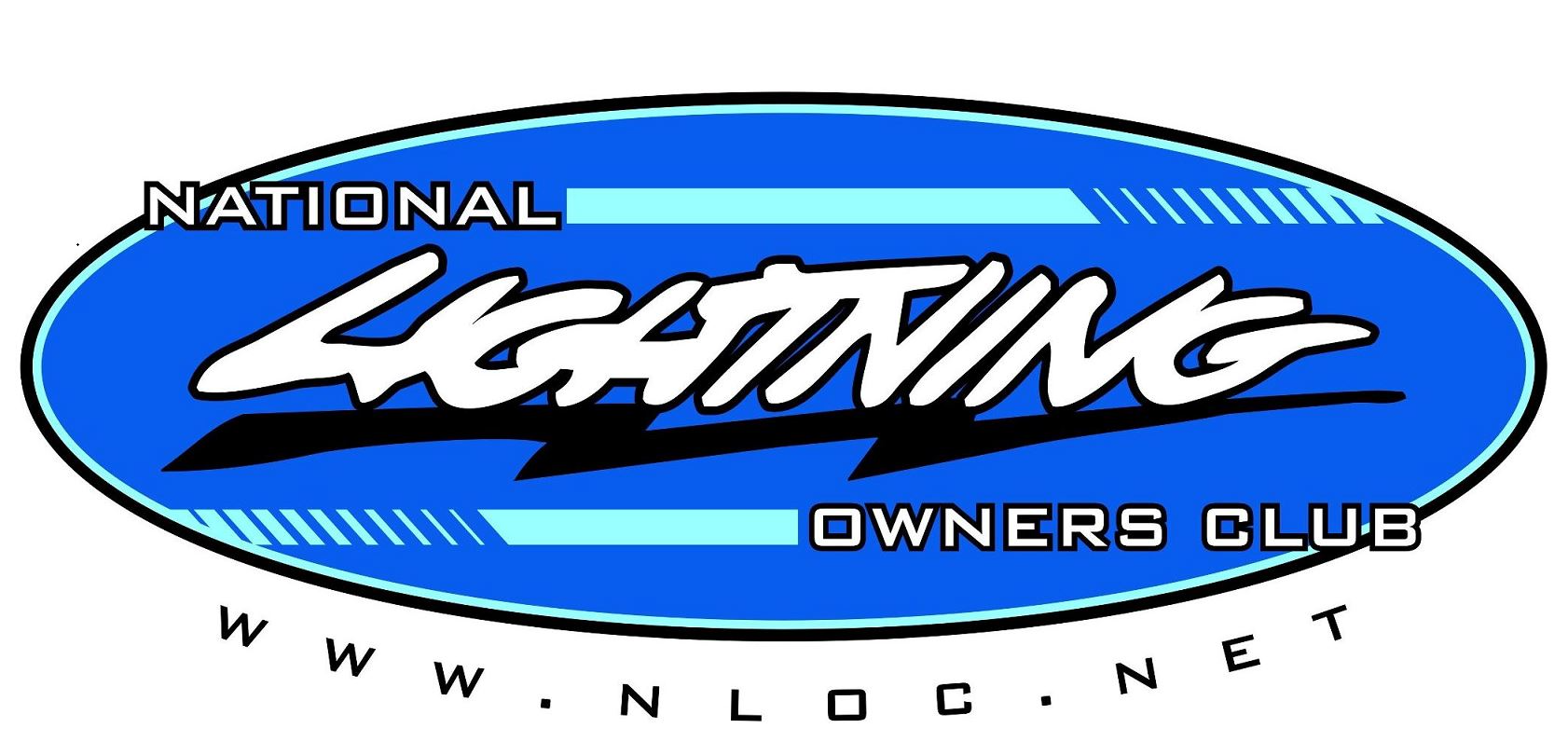Okay guys... I went through the intro section, already, and received encouragement to post my question, even though it has, probably, been beaten to death. Also, yes... I searched. I was sent here from another forum by one of your members because I asked a, somewhat, technical question in that forum and received "dodgy" answers, at best. A lot of, "Sure... go ahead and run it. You'll be fine." responses with no confident/technical/verifiable support information. The person who sent me here said this was THE place for SD tuning and resource information. So, here I am. Hope ya'll like to read...
First off, I don't own a Lightning. Sorry. I do, however, own a 1988 Bronco, 5.0L, AOD, and completely stock. Engine's rated at 185HP/270TQ in stock form. Unacceptable, IMO, for a 5,500 lb. truck. I have a machine-shop-fresh 5.0L HO (+.020") with these goodies:
- F3ZE-AA GT40 heads (with thermactor ports) milled to 58cc chambers and 1.6 RR
- Comp Cams XE258HR-14 (spec link: http://www.compcams.com/Company/CC/cam-specs/Details.aspx?csid=1446&sb=2)
- Full-length headers with Magnaflow flow-through cat
I am retaining the stock intake because it flows sufficiently due to the extended runners and the entire emissions/thermactor system because I, absolutely, need to pass emissions. Also, this is my DD 22 miles to work and 22 back home 6 days a week.
Estimated power after mods: ~240HP/300TQ (please let me know if I'm over/under-estimating).
The power band will be moved, about, 1k RPM higher than stock. The torque converter is being matched to the new power band and I'm overhauling the tranny with a CP valve body with adjustable WOT shift points, new servos, 2" OD band upgrade, and the usual performance bands/clutches. Also, 4.56 gears out back, if any of this matters.
My questions:
1.) Can the STOCK SD system/fuel map handle this new flow rate and power, acceptably, without any modifications/tuning/chips and maintain it's current driveability without any, noticeable, problems?
2.) Why?
3.) Stock injectors are 19lb. Do I need to go to 24lb.?
4.) Why? (with BSFC at .50, injector duty cycle at 85%, 39 PSI stock rating I figure I can support ~260HP with 19lb injectors, but, I could be wrong)
5.) If I can "get by" with the stock SD set-up, will I lose out on power if I don't tune or get a chip?
Please feel free to be as technical with your responses as you can. If I don't understand terminology or aspects of your response, I will look it up. I want to learn how my system works, not just that it will or won't work. The FI book I have by Steve Probst seems to be geared more towards MAF and has minimal info on the capabilities of SD. It can't be as crappy as I'm led to believe.
Thanks for your time and patience.
Eric
First off, I don't own a Lightning. Sorry. I do, however, own a 1988 Bronco, 5.0L, AOD, and completely stock. Engine's rated at 185HP/270TQ in stock form. Unacceptable, IMO, for a 5,500 lb. truck. I have a machine-shop-fresh 5.0L HO (+.020") with these goodies:
- F3ZE-AA GT40 heads (with thermactor ports) milled to 58cc chambers and 1.6 RR
- Comp Cams XE258HR-14 (spec link: http://www.compcams.com/Company/CC/cam-specs/Details.aspx?csid=1446&sb=2)
- Full-length headers with Magnaflow flow-through cat
I am retaining the stock intake because it flows sufficiently due to the extended runners and the entire emissions/thermactor system because I, absolutely, need to pass emissions. Also, this is my DD 22 miles to work and 22 back home 6 days a week.
Estimated power after mods: ~240HP/300TQ (please let me know if I'm over/under-estimating).
The power band will be moved, about, 1k RPM higher than stock. The torque converter is being matched to the new power band and I'm overhauling the tranny with a CP valve body with adjustable WOT shift points, new servos, 2" OD band upgrade, and the usual performance bands/clutches. Also, 4.56 gears out back, if any of this matters.
My questions:
1.) Can the STOCK SD system/fuel map handle this new flow rate and power, acceptably, without any modifications/tuning/chips and maintain it's current driveability without any, noticeable, problems?
2.) Why?
3.) Stock injectors are 19lb. Do I need to go to 24lb.?
4.) Why? (with BSFC at .50, injector duty cycle at 85%, 39 PSI stock rating I figure I can support ~260HP with 19lb injectors, but, I could be wrong)
5.) If I can "get by" with the stock SD set-up, will I lose out on power if I don't tune or get a chip?
Please feel free to be as technical with your responses as you can. If I don't understand terminology or aspects of your response, I will look it up. I want to learn how my system works, not just that it will or won't work. The FI book I have by Steve Probst seems to be geared more towards MAF and has minimal info on the capabilities of SD. It can't be as crappy as I'm led to believe.
Thanks for your time and patience.
Eric

